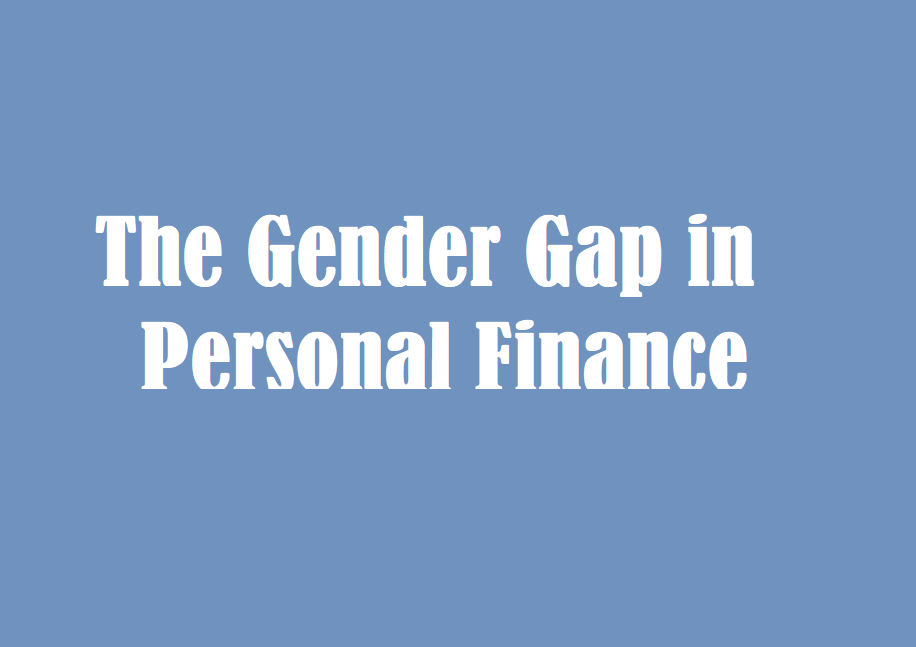
Visits: 4
The Gender Gap in Personal Finance
The Gender Gap in Personal Finance
Achieving financial well-being is a universal goal, but the journey is often shaped by various factors, including gender. The gender gap in personal finance is a multifaceted issue that encompasses disparities in earnings, wealth accumulation, financial literacy, and investment strategies. In this post, we explore the dimensions of the gender gap and the implications for individuals and society.
1. Earnings Disparities:
- Women, on average, earn less than their male counterparts for the same work.
- Occupational segregation contributes to the wage gap, with women often concentrated in lower-paying fields.
2. Wealth Accumulation:
- The wealth gap extends beyond income, with women having less accumulated wealth than men.
- Factors like career breaks for caregiving responsibilities impact long-term wealth accumulation.
3. Financial Literacy:
- Studies indicate a gender gap in financial literacy, with women, in some cases, exhibiting lower confidence in financial decision-making.
- Access to financial education can play a crucial role in bridging this gap.
4. Investment Strategies:
- Women may be more risk-averse in their investment approaches, impacting long-term returns.
- Lack of representation in the finance industry may contribute to the underutilization of financial markets by women.
5. Retirement Planning:
- Women often face challenges in retirement planning due to longer life expectancy and potential caregiving responsibilities.
- Closing the gender pay gap would positively impact retirement savings.
6. Entrepreneurship and Access to Capital:
- Women entrepreneurs encounter challenges in accessing capital for business ventures.
- Addressing these barriers can foster greater economic empowerment for women.
7. Policy Interventions:
- Policies promoting pay equity, affordable childcare, and parental leave contribute to reducing the gender gap.
- Financial institutions can implement inclusive practices to cater to the unique financial needs of women.
8. Intersectionality:
- The gender gap is more pronounced for women of color, highlighting the intersectionality of gender and race in financial disparities.
- Inclusive strategies must address the unique challenges faced by women from diverse backgrounds.
9. Role of Technology:
- Fintech innovations can enhance financial inclusion by providing accessible and user-friendly tools for all.
- Digital platforms can contribute to closing the financial literacy gap.
10. Educational Initiatives:
- Empowering girls and women with financial education from an early age is essential.
- Educational institutions and employers can play a role in fostering financial literacy.
Conclusion:
The gender gap in personal finance is not merely an issue for women; it’s a societal concern with implications for economic stability and growth. Efforts to address this gap require collaboration among policymakers, employers, financial institutions, and individuals. By dismantling barriers, promoting financial education, and advocating for gender-inclusive policies, we can work towards a future where financial opportunities and security are equally accessible to everyone, regardless of gender. Bridging the gender gap in personal finance is not just about equality; it’s a critical step toward building a more resilient and prosperous global economy.


%20(1).png)


